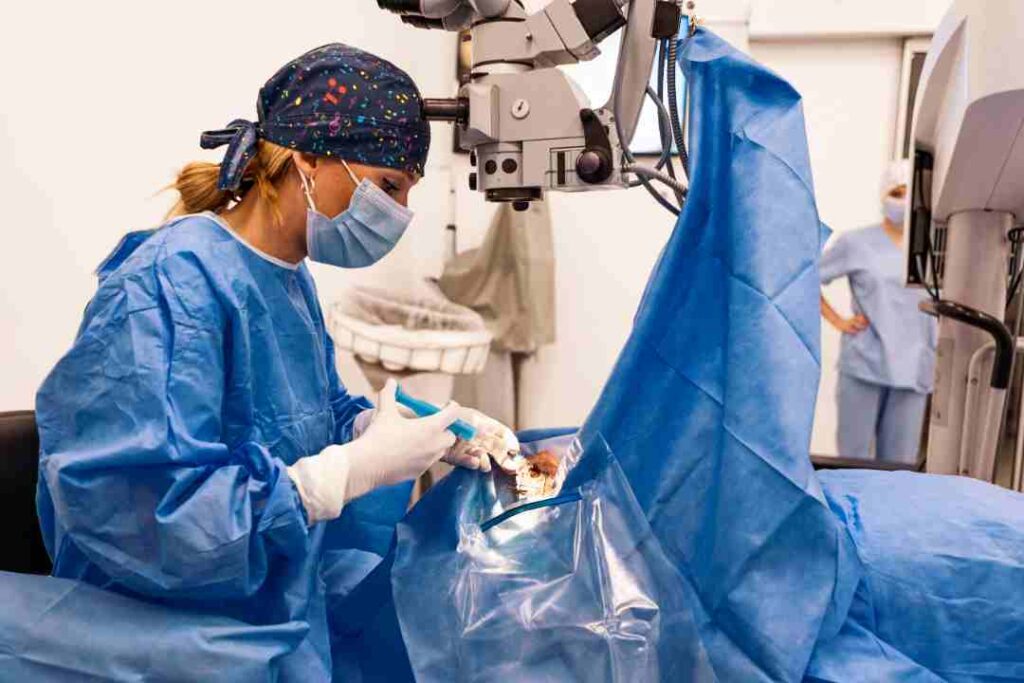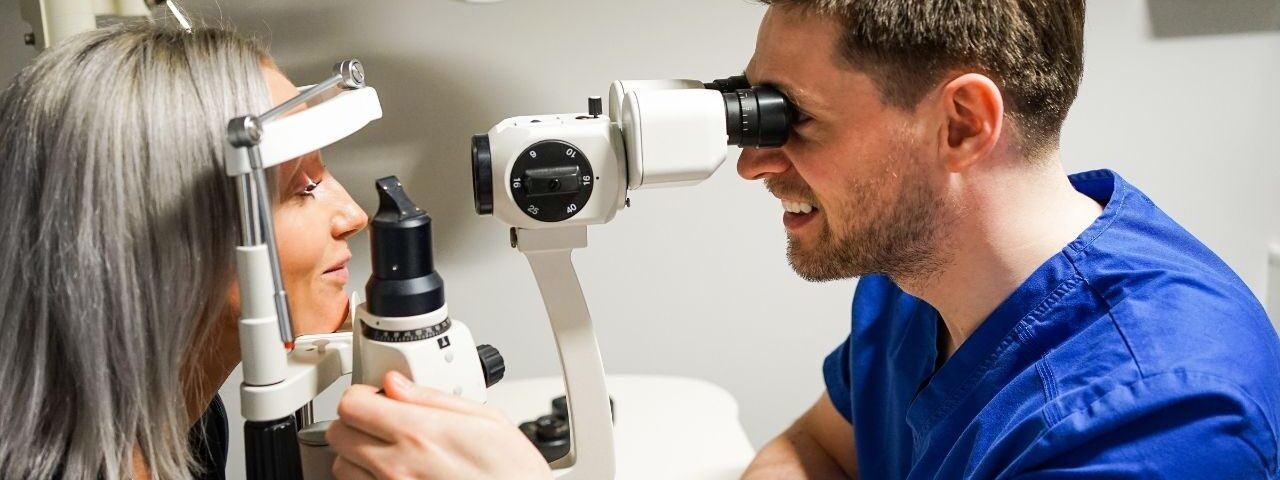Introduction
Imagine waking up each morning and seeing the world as if through a fogged-up window. Faces become soft blurs, reading the newspaper is a challenge, and colors begin to lose their richness. For many people, especially seniors, this is everyday life with cataracts.
A cataract is a natural clouding of the eye’s lens that happens gradually over time. It’s a normal part of aging, but it can make simple tasks like reading a book, watching TV, or driving feel frustrating or even unsafe.
Thankfully, cataract surgery has changed lives. It’s safe, common, and remarkably effective. But while most conversations focus on the medical aspects, there’s another story that often goes untold—the emotional side of regaining your vision. It’s about more than just clarity. It’s about confidence, joy, and reconnecting with the world around you.
Before the Surgery: What to Expect
The first step toward clearer vision begins with a consultation. Your eye specialist will examine your eyes, talk through your symptoms, and explain the entire procedure in plain, simple terms.
It’s perfectly normal to feel nervous. Surgery—even something as quick and routine as cataract surgery—can sound intimidating. Many patients worry about the unknown. Will it hurt? What if something goes wrong? Can I really trust a machine near my eye?
These fears are completely valid. As a medical professional, I can tell you that one of the best antidotes to fear is understanding. Cataract surgery today is highly advanced. We’ve performed it millions of times across the world. It’s designed with your safety, comfort, and success in mind.
During the Surgery: A Step-by-Step Walkthrough
Let’s take the mystery out of the operating room.
On the day of surgery, you’ll arrive at the clinic or surgical center. You’ll likely feel a mix of nervousness and hope—that’s very common. After checking in, you’ll be prepped by a friendly team who will guide you every step of the way.
See more: In-Clinic vs Home Sleep Tests in Brisbane: Which One’s Right for You?
You won’t be put to sleep, but your eye will be numbed using special drops. If you’re a bit anxious, you might be offered a mild sedative to help you relax.
The actual procedure takes around 15 to 30 minutes. During that time, your cloudy natural lens is gently removed and replaced with a clear artificial one. You won’t feel pain—just perhaps a bit of pressure or the sensation of cool water.
Before you know it, the surgery is done. And while vision won’t snap back instantly, many patients describe the experience as surprisingly easy, even pleasant.

The Moment After: Seeing Again
This is where the emotion kicks in.
Within hours or a day, most patients begin to notice dramatic improvements. One woman told me she cried in her kitchen because she could finally read the labels on her spice jars again. Another said the first thing he noticed was how green the leaves were on the trees outside his window.
These aren’t rare reactions. They’re everyday miracles.
When your world has been dim for so long, seeing clearly again can feel like a second chance. It’s more than improved eyesight—it’s a restored connection to life.
Recovery: The Next Few Days to Weeks
After the procedure, your eye may feel a little scratchy or sensitive to light. You’ll go home with protective eyewear and detailed instructions.
You’ll need to use prescription drops for a few weeks to help healing and prevent infection. Follow-up visits will ensure everything is progressing well.
Many people ask:
- Can I drive again soon? Usually, yes—often within a few days, once your vision is clear and your doctor gives the go-ahead.
- Will it hurt later? Most patients experience no pain, just minor discomfort at most.
- When will my vision be fully restored? Your vision may continue improving over several days or weeks, depending on your eyes and overall health.
It’s important to rest, avoid rubbing your eyes, and follow your doctor’s instructions. But overall, recovery is gentle and manageable.
Emotional Transformation: From Foggy to Free
Here’s where the real magic happens.
After surgery, many patients talk about a renewed sense of freedom. Reading without squinting. Walking through the neighborhood with confidence. Playing cards with friends. Watching their grandchild’s face light up without straining to see.
The emotional impact is powerful. People who once avoided going out due to poor vision often start socializing again. Hobbies that were shelved—knitting, painting, gardening—find their way back into daily life. Some people even joke that they didn’t realize how much dust was in their house until their vision came back!
There’s also a deep psychological benefit. Regaining control of your vision often translates to regaining control of your life. You feel more capable. More independent. More like yourself again.
Conclusion
Cataract surgery isn’t just a medical procedure—it’s a personal transformation.
Yes, it removes the physical barrier of a cloudy lens. But more importantly, it clears the emotional fog that often settles in with poor vision. It opens doors to confidence, connection, and a new outlook on life.
If you or someone you love is living with cataracts, know this: you’re not alone, and you don’t have to continue living in the blur. Talk to a vision specialist. Ask questions. Learn your options.
Because on the other side of that short, simple procedure is a world that’s brighter, sharper, and more joyful than you remember. And it’s waiting for you.

